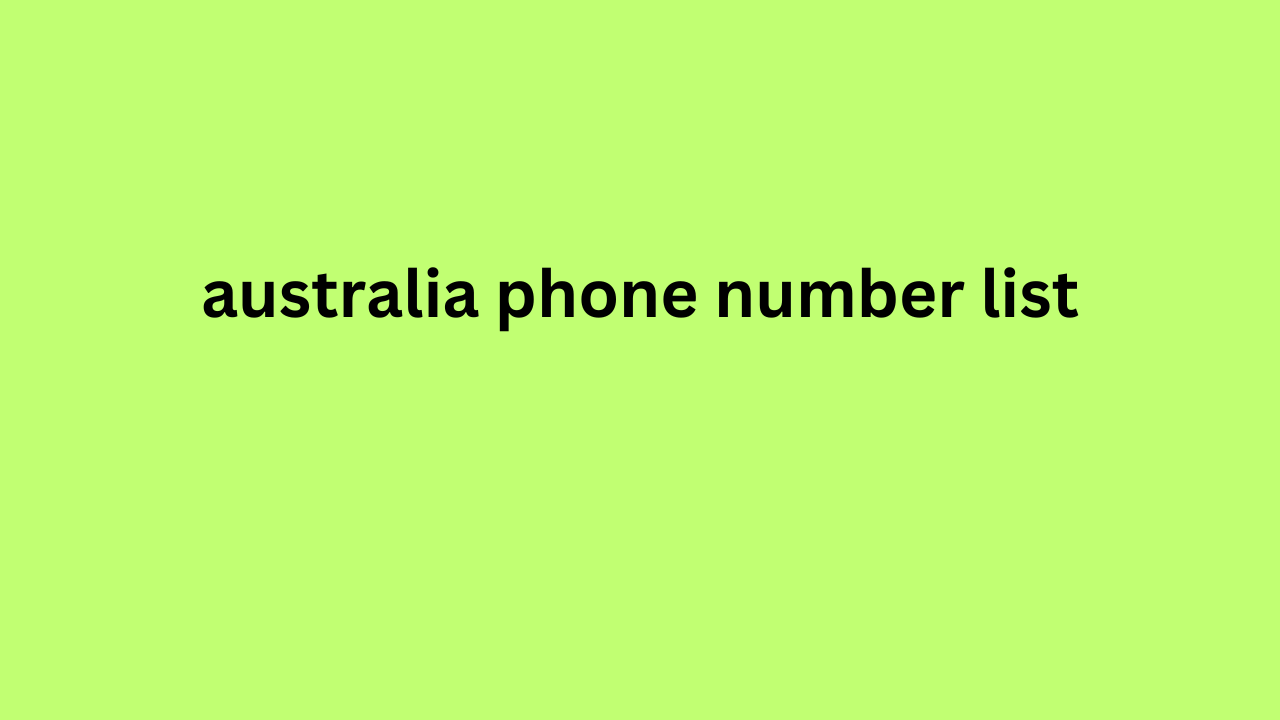This principle is valid for start-ups as well as for established companies that want to launch a new product or attack a new market.
A good competitor analysis must take into account many parameters and answer many questions. The first, and only apparently trivial, is: who are the competitors?
The second concerns the type of information to collect and where to find it.
The last one, finally, concerns how this information can actually help us build a successful offer.
Let's try, therefore, to understand together how to answer these questions and how to structure a good competitor analysis.
Who are the competitors? Distinguish between direct and indirect competition
Depending on the market, competitors can be much more than you might think. In fact, it is quite easy to identify direct competitors while understanding who your indirect competitors are requires a broader level of analysis and reasoning.
Direct competitors are companies that operate in the same market, selling a similar product.

The concept is simple and intuitive: when we find Voiello brand pasta and De Cecco brand pasta side by side on the store shelf, it is clear that they are direct competitors. Direct competition is present in almost all markets; two direct competitors usually have prices and availability that overlap with each other and the consumer does not always perceive substantial differences between the two offers.
Identifying your direct competitors is, therefore, quite intuitive: just see who is already present in a certain market with an offer similar to ours.
The concept of indirect competitors , however, is more nuanced .
In fact, we are talking about companies that satisfy the same needs and in the same market, but with different products and services. Prices and availability can therefore be very different from those of direct competitors.
Let's take a few examples: audiobook platforms are indirect competitors to a bookstore; shops that rent elegant clothes offer a different service, but are in fact competitors to shops that sell classic formal wear; the kebab shop is an indirect competitor to the bar that offers cheap first courses for lunch (different product, but same target and same need satisfied); music streaming platforms have been an indirect, yet very powerful, competitor for the CD market (to the point of reducing it to marginality!) and so on.
It is therefore necessary to keep in mind that:
Indirect competitors absolutely cannot be left out in a competitor analysis! They could be decisive for the success or failure of the new business.
Indirect competitors can be a very high number; it is therefore necessary to be able to limit the analysis only to those that are actually close enough to have a real impact.
Sorger's model for identifying indirect competitors
Precisely because indirect competitors are potentially very numerous, it is necessary to make a selection in some way. Considering them all in the analysis could be a waste of time, energy and money.
We therefore need a method to draw a precise line and identify only those sufficiently close to us that can actually have the greatest impact on our work.
Stephan Sorger has theorized three elements to take into consideration according to a substantially quantitative parameter:
Time horizon – the indirect competitor is taken into consideration only if it can constitute a real threat in the medium term (usually one year). Audiobook platforms, for example, at least in the next 2-3 years should not have a market penetration such as to represent a real replacement market compared to bookstores.
The maturation cycle – we know that every product goes through different phases of life: there is an introduction phase, a maturity phase, a decline phase. Sorger suggests considering only those competitors whose products are effectively in the same phase as ours. The aforementioned, hypothetical, new bookstore could in fact ignore audiobook platforms because these are still in an introduction phase, with a limited number of readers who subscribe to them, while the bookstore is a mature business with a much larger potential audience.
The rate of technological innovation – how high is the rate of technological innovation in the market? If we are in a market where changes are very rapid, the weight of indirect competitors is greater. Always taking the example of bookstores: they can ignore audiobooks because we are talking about a market where innovation is very slow and it will take at least a few years before a significant portion of readers convert to audiobooks. On the contrary, for those who produce video game consoles, Virtual Reality Headsets and game computers are indirect but very dangerous competitors because we are talking about a market that is evolving very quickly. A competitive analysis must therefore also take these realities into account.
